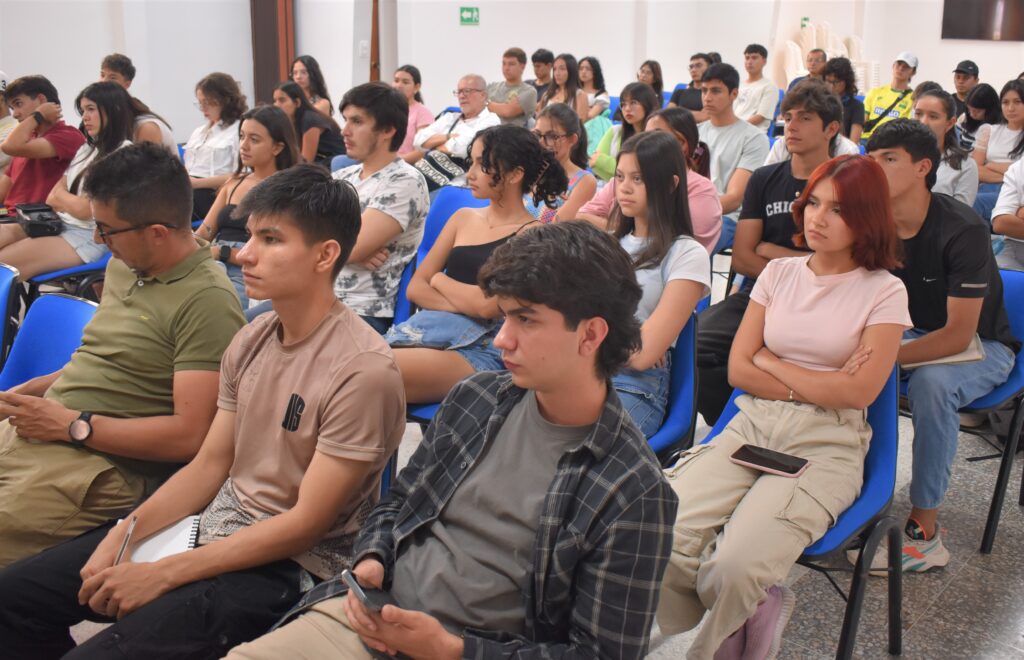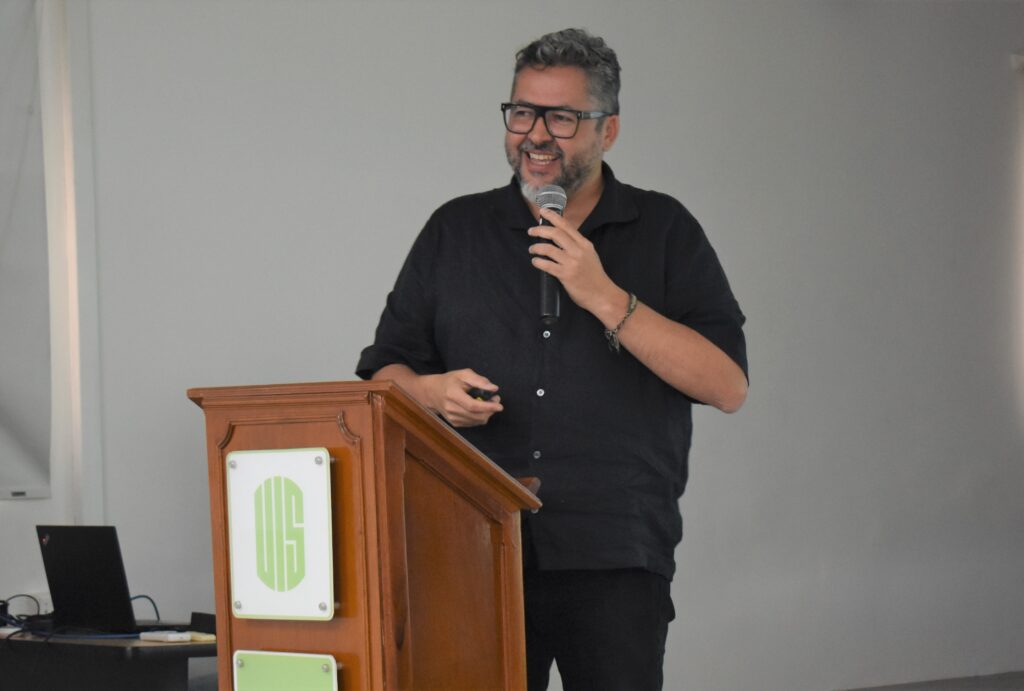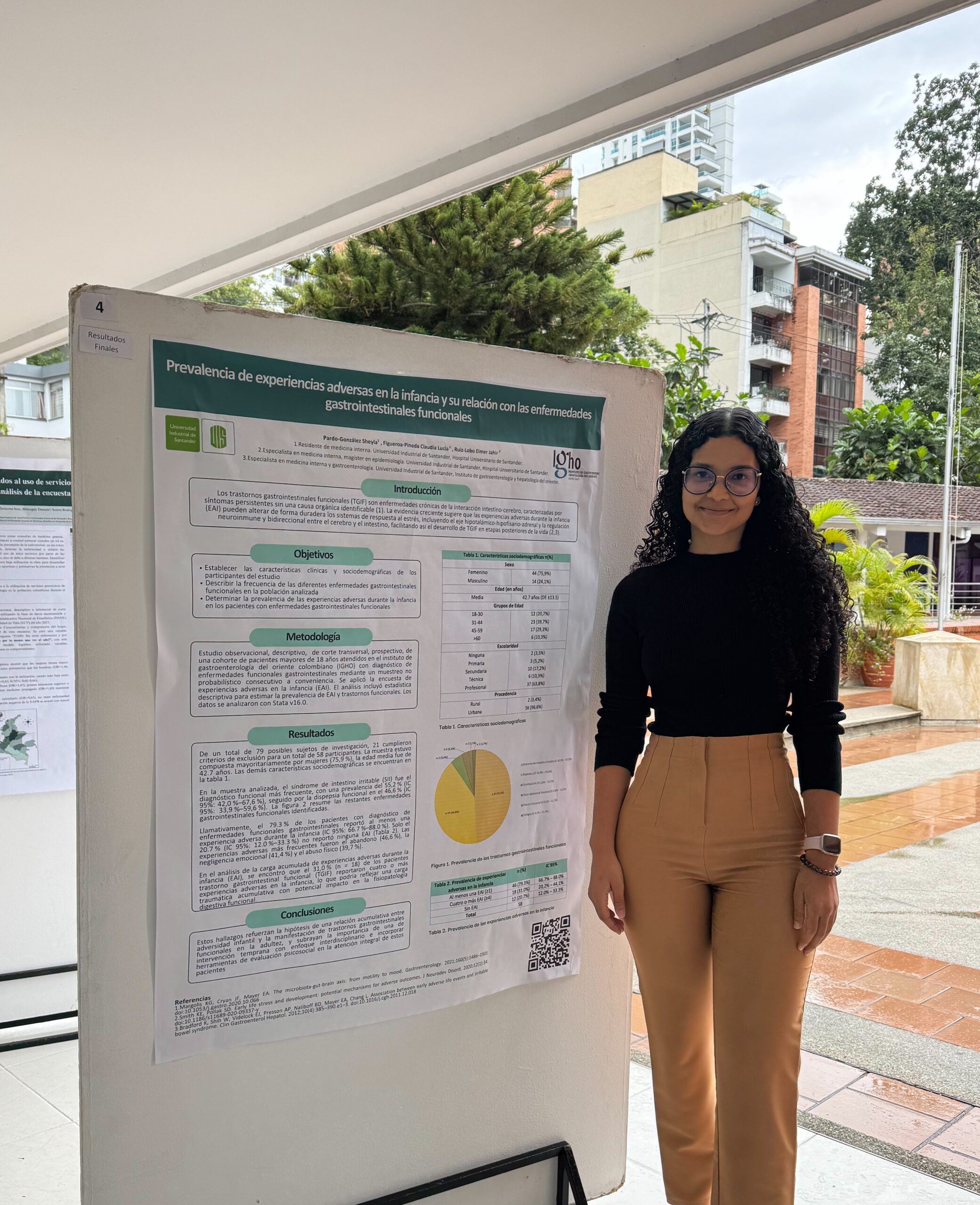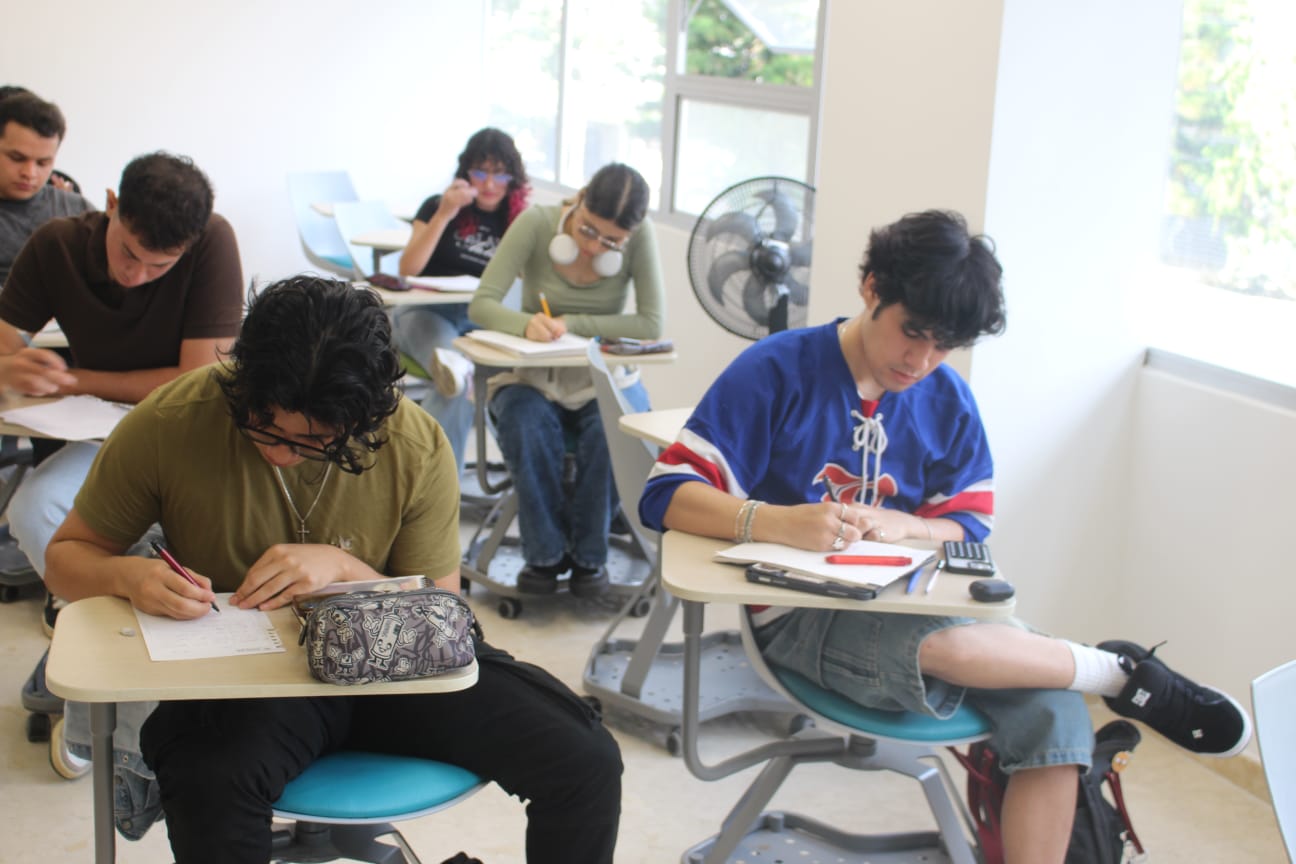
In the Aula Máxima of the Convento Campus, the ‘Designing and inhabiting the city from participation, care and health’ conference was held, an academic meeting that brought together students, teachers and professionals around architecture as a tool for social transformation.
The event featured the participation of Eliza Poso, co-founding partner of MITA atelier in Madrid, and Iván Acevedo, co-founding partner of IAA arquitectura y urbanismo, in Barcelona and Bucaramanga, who shared their experiences and visions on the role of urban design in the construction of more participatory, healthy and inclusive environments.

During her speech, Eliza Poso emphasized that “within the health and wellbeing of people, what has the greatest impact is the environment in which we live”. This environment includes both the social and the physical environment and how the territory where we settle directly influences our quality of life”. He also pointed out the negative effects of air, water and noise pollution, and how the lifestyle we adopt in relation to the spaces we inhabit impacts mental and physical health. “The power of generating spaces that promote well-being, quality of life and health is fundamental. Any human activity is by and for people,” he said, stressing the need not to disassociate professional practice from the human and social component.
For his part, Iván Acevedo approached architecture from its interdisciplinary nature, highlighting its relationship with fields such as sociology, social work and engineering: “architecture that transcends is linked to other disciplines. When we understand this interdisciplinarity, we also understand that a well-cared-for and well-fed childhood is a guarantee of a better culture,” he said. The architect also stressed the importance of education as a means for each person to contribute to society from his or her maximum potential. He also highlighted the value of the local context, pointing out that in regions such as Santander, where there is a tradition of earthen architecture, it is possible to innovate based on the recognition of one’s own culture and environment.
This discussion was organized by the Architecture program of the UIS Socorro Campus, headed by the Campus Coordinator, Julio Alfonso Martínez Molina, together with Professor and architect René García, in order to have an opportunity to rethink the role of architecture and urbanism from an integrative perspective that recognizes the social dynamics, diversity and environmental challenges as fundamental axes in the construction of the city.






